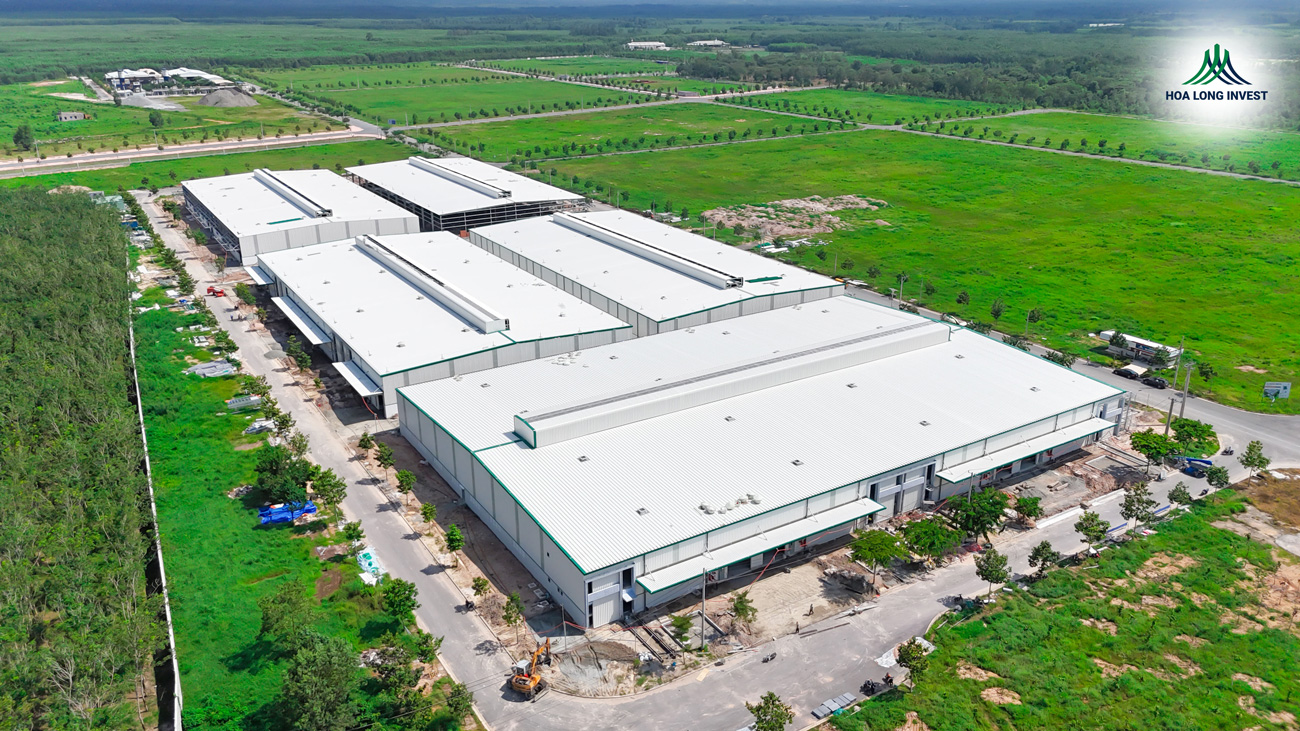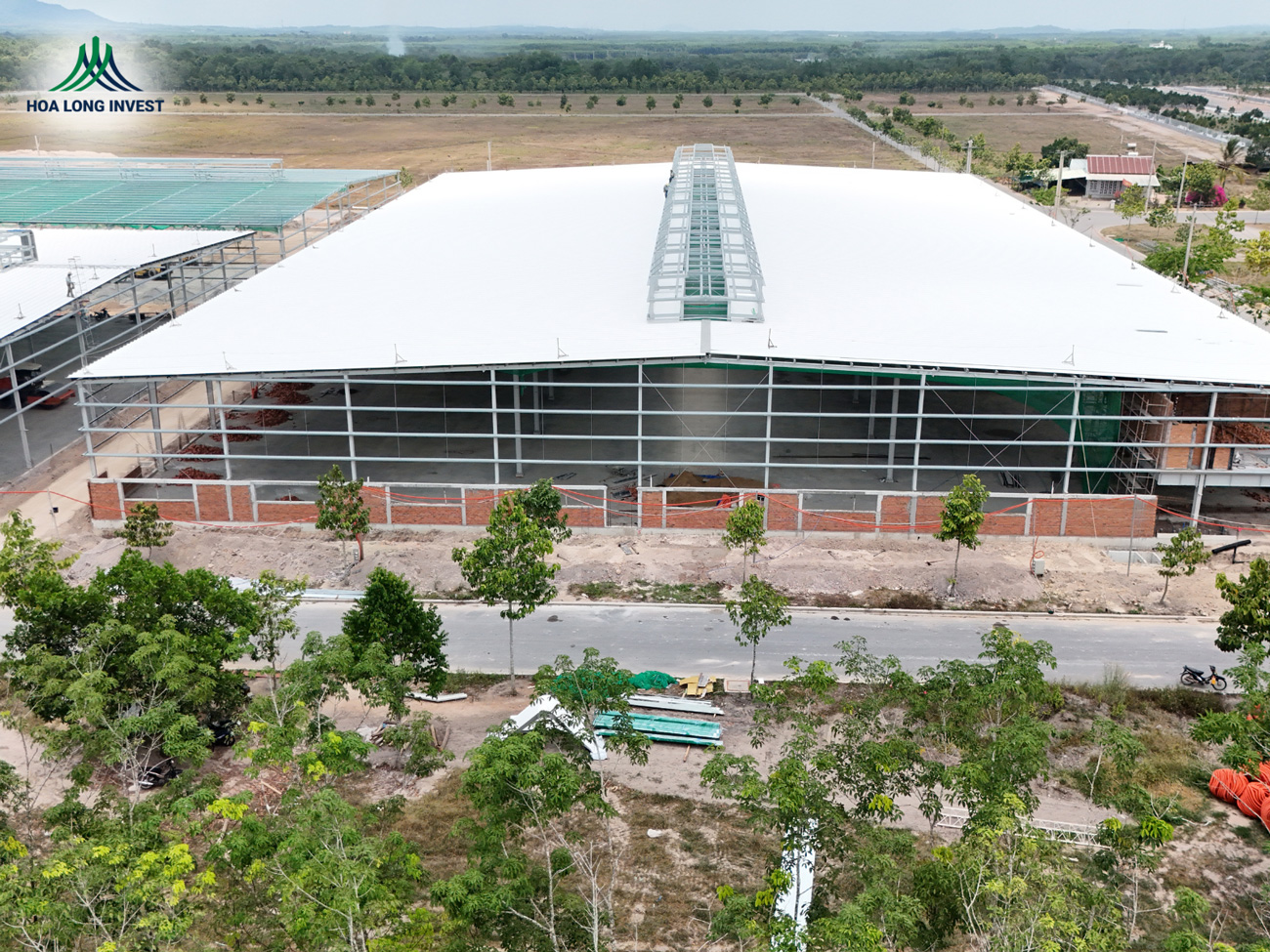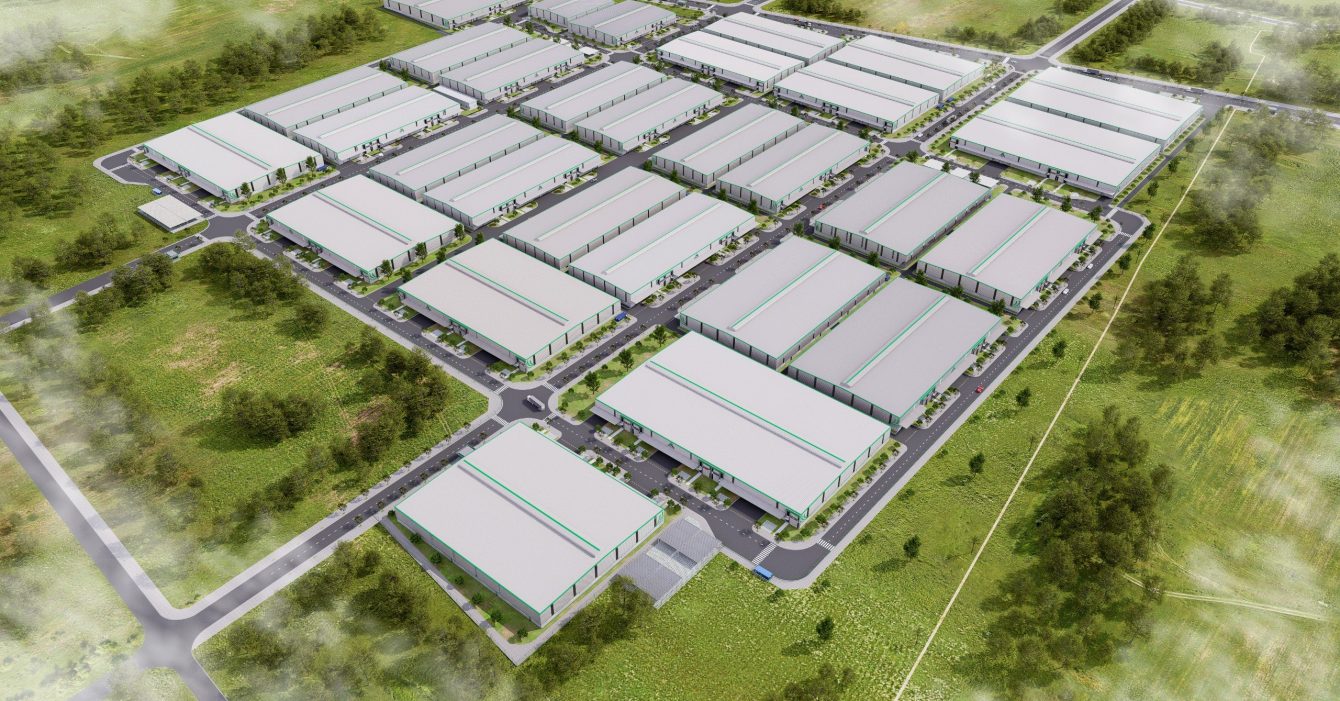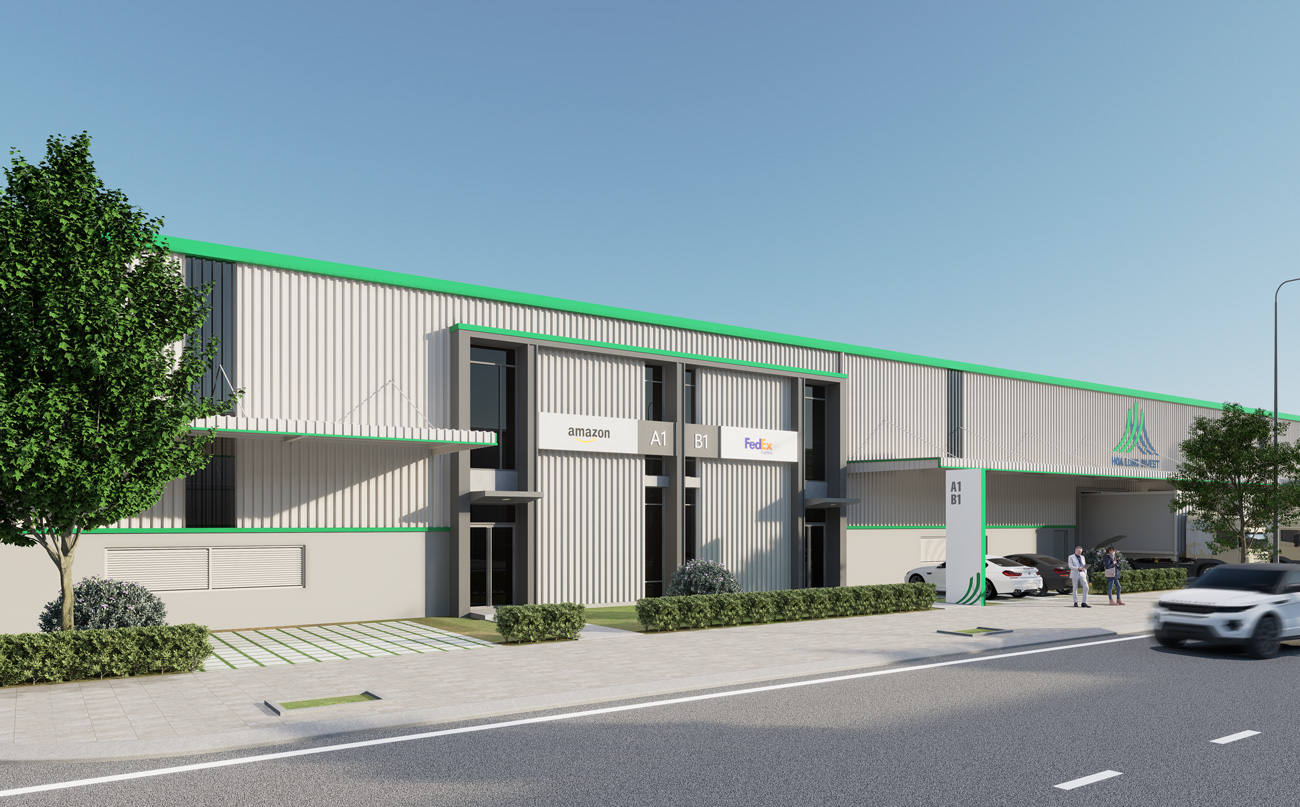Market News
Binh Thuan's Transportation Infrastructure Accelerates Completion to Welcome Investment Waves
15/01/2025
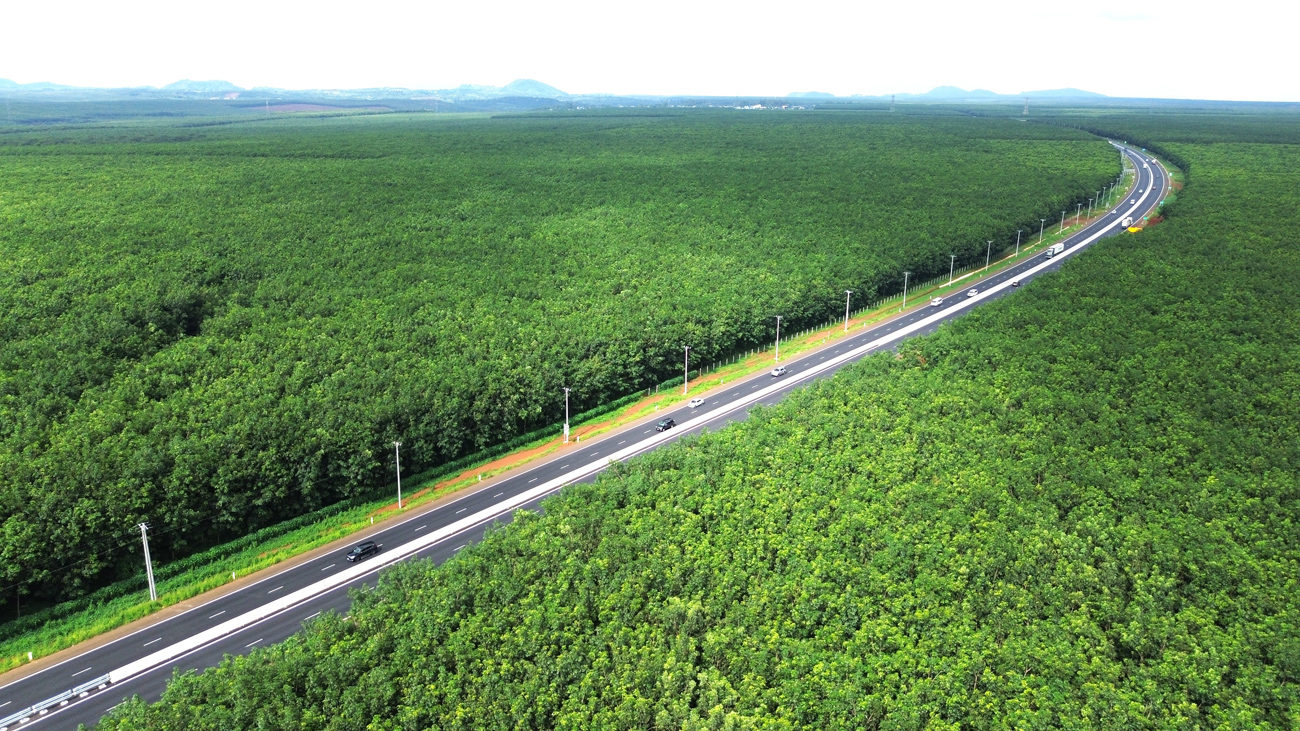
Transportation Infrastructure Boosts the Rise of Southern Vietnam’s Industrial Real Estate
According to Savills’ Industrial Real Estate Report, Vietnam's total industrial land area has surpassed 38,200 hectares, with 203 operational industrial parks, marking an impressive 5% year-over-year growth.
Strategically located near Asia’s “Silicon Valley” including Guangzhou, Shenzhen, and Dongguan in China, Vietnam is emerging as a key link in the "China +1" strategy. This advantage allows global corporations to diversify supply chains and mitigate geopolitical risks, positioning Vietnam as a critical player in the global production network.
Additionally, Vietnam’s aggressive implementation of key transportation infrastructure projects has amplified its appeal to investors. Allocating over 7% of its GDP to major developments such as the North-South Expressway, Long Thanh International Airport, and Cai Mep Deep-Sea Port, Vietnam is strengthening direct connections to major markets in Europe, the U.S., and Southeast Asia.
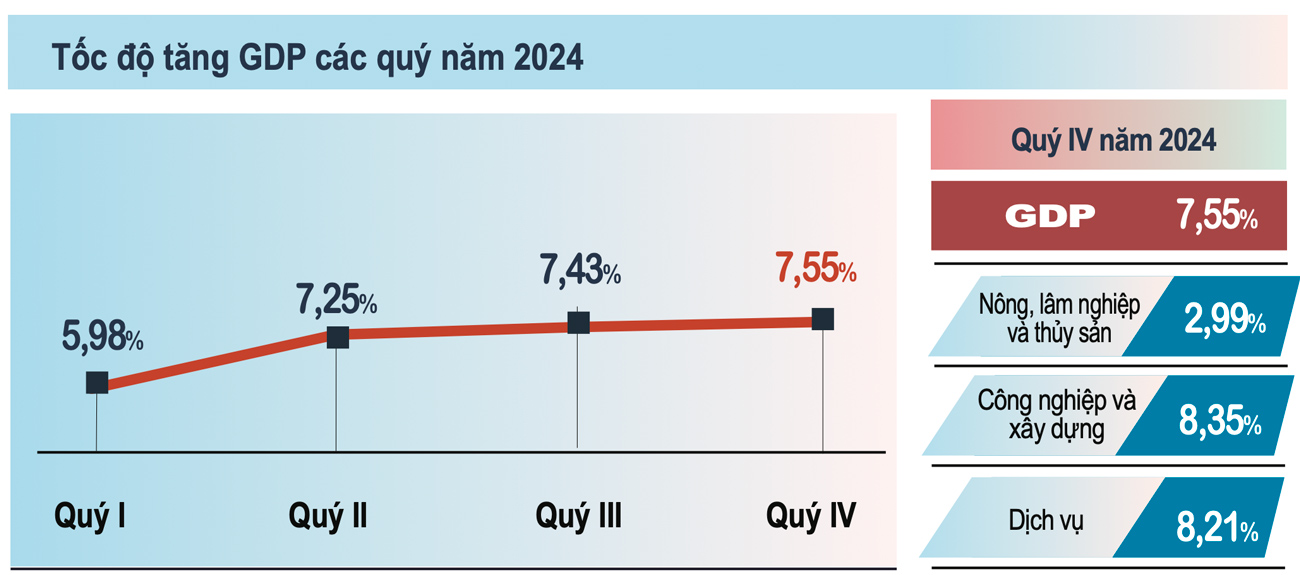
Long Thanh International Airport: A Game-Changing Project in Southeast Asia
The Long Thanh International Airport, one of Southeast Asia’s most significant infrastructure projects, is set to play a pivotal role in driving economic and social development. Located in Long Thanh District, Dong Nai Province, the airport spans six communes, including Long An, Binh Son, Cam Duong, Suoi Trau, Bau Can, and Long Phuoc. Its strategic location facilitates seamless domestic and international trade.
Modern expressways connected to the airport include:
- Ho Chi Minh City – Long Thanh – Dau Giay Expressway: Connecting Ho Chi Minh City’s center.
- Bien Hoa – Vung Tau Expressway: Providing direct access to Ba Ria – Vung Tau.
- Ben Luc – Long Thanh Expressway: Linking the Mekong Delta.
- Dau Giay – Phan Thiet Expressway: Connecting to southern central coastal cities.
Beyond transforming Dong Nai, the airport is catalyzing infrastructure development in neighboring provinces. For instance, Binh Thuan is accelerating transportation projects to leverage economic opportunities created by the airport’s operation.
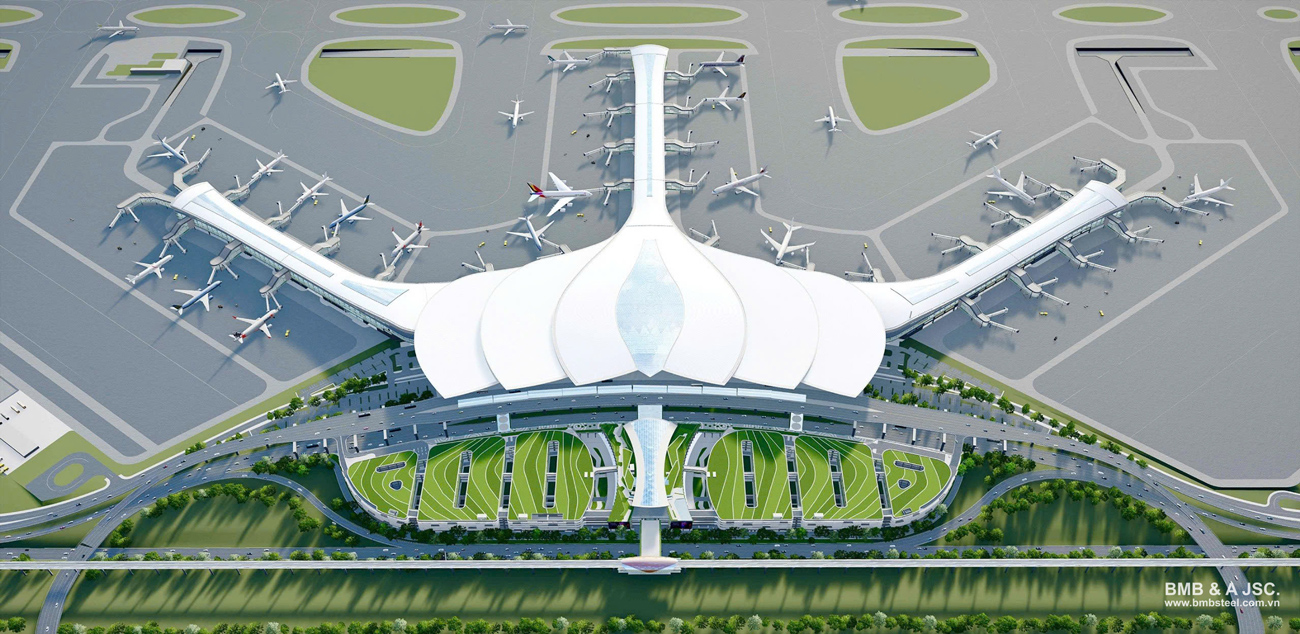
Binh Thuan’s Infrastructure Revolution Welcomes the Long Thanh Super-Airport
Binh Thuan boasts an extensive road network, including four national highways (QL 1, QL 28, QL 28B, QL 55) and 11 prominent provincial roads such as DT.713, DT.720, and DT.706B. Modern expressways like Phan Thiet – Dau Giay, Long Thanh – Dau Giay, Phan Thiet – Vinh Hao, and Cam Lam – Vinh Hao are further enhancing connectivity with major economic hubs in Southeast and Central Highlands Vietnam.
The province is also upgrading Z30A Road, a vital 8 km-long artery in Dong Ha Commune, expanding its width to 13 meters. This road connects key industrial clusters such as Dong Ha, Nam Ha, and Nam Ha 2, as well as residential areas and production zones, significantly boosting transportation capacity.
In addition to robust road systems, Binh Thuan’s 237 km of coastal roads intersect with major highways like QL1 and DT.719B, facilitating economic and logistical growth. Meanwhile, its maritime network includes Phan Thiet, Phu Quy, and Vinh Tan ports, with Son My Port under planning, enhancing connectivity to international hubs like Cai Mep – Thi Vai and Cat Lai ports.

Phan Thiet Airport and Seamless Connectivity
Contributing to Binh Thuan’s infrastructure is Phan Thiet Airport, a dual-use facility for both military and civilian purposes, spanning 543 hectares. From Binh Thuan, travel to Long Thanh and Tan Son Nhat International Airports takes only 1.5–2 hours, ensuring unparalleled convenience for trade and global connections.
A Bright Future for Industrial Real Estate
Binh Thuan’s synchronized, diverse, and continuously upgraded infrastructure is transforming the province into a regional highlight, laying a strong foundation for socio-economic development and positioning it as a prime destination for the booming industrial real estate market in Vietnam.
